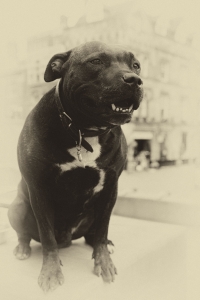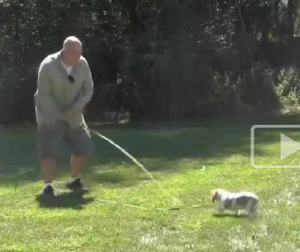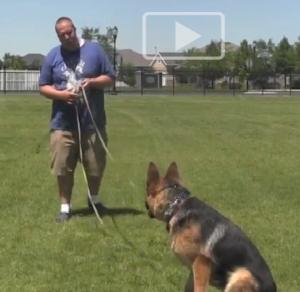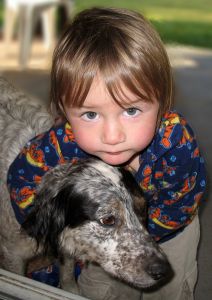 Integration Dog Training
Integration Dog Training
At my Salt Lake City dog training company we work with hundreds of dogs per year. One thing that is almost a universal constant, though, amongst our dog training clients is that they have little time to get their dog trained. Life tends to get in the way. Whether it’s work commitments, family projects and activities, hobbies, or other time users it is uncommon that we have a client that has hours a day to devote to their dog training efforts.
What we’ve done over the years is develop a unique, yet simple, system that we call ‘Integration Dog Training’. Although it’s simple in concept it’s a game changer when it comes to getting the results you want from your training efforts.
What it entails is simply ‘training as you go’. It means being ready for training moments as they present themselves and being prepared and proactive enough to recognize those moments and train them. Let me give you an example with a video below:
Integration Dog Training- Video
This is just a quick little video but the concept is very meaningful to you as a dog owner. Let’s examine just a few things that are going on in the video:
- On the way into the home our trainer, Joe, is working on off leash heeling. He had taken them out to the bathroom which means they were already outside. He merely was integrating the training and taking advantage of the short walk back to the house to work on their off leash heeling.
- Going into the home he took just a quick moment to have the dogs wait. Why not? You’re already going through a doorway with your dog. Take an extra 5 seconds, integrate your dog training efforts, and have them wait before coming in. It’s an easy time to train and it helps the dogs come in with a calm state of mind.
- Coming into the house Joe didn’t let the dogs go nuts and run around. He kept them on point and on task.
- Finally, before sitting down to eat dinner Joe had the dogs go to their ‘place’ command. Dinner time is a great time to train because you’re sitting down, you might as well integrate your training and have the dogs stay put while you eat.
Was there anything super-profound in this video? Not really. Yet I’ve rarely met the dog owner who has decided on his or her own to start integrating their training. When you integrate your training into your daily life:
- Your dog gets trained to a higher level. Think about it. Most people picture training as putting the leash on, grabbing the bag of treats, and going to the living room or backyard or park to work on specific skills. Dogs are smart, though, and soon know your ‘game’. They’ll likely comply during training but, who cares? I don’t need my dog to be obedient when nothing is going on. I need my dog to be obedient when someone rings the doorbell, when we encounter other dogs on the street, or when I’ve got guests over. By integrating your training you train for real life and the dogs get trained to higher levels.
- Your life gets easier. All those hours of training that need to happen in order for your dog to become fully trained just got easier by making them fit in while you watch TV, eat dinner, walk through doors, take your dog out to the bathroom, etc.
So how can you do Integration Dog Training?
Integration Dog Training- Simple Steps
There are a few simple things you can do to for this type of dog training:
- Leave a leash on your dog. In the beginning stages of ANY training program I like to leave a leash on the dog even around the house. This makes it simple to grab the leash were I need to guide or correct. Most people make the fatal mistake of attempting to train their dogs verbally. Dogs don’t learn that way. Leave a leash on your dog so you can teach rather than tell.
- Always back up your commands. Fatal mistake #2 is giving commands that you aren’t able or willing to see through. Your dog will see through you on this and will not obey.
- Make it easy. Don’t try to kill yourself getting tons of training done every day. Simply let your day flow and allow the training to happen around that.












Follow Us!